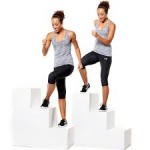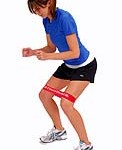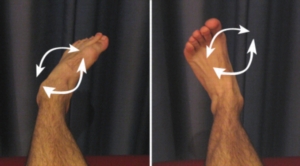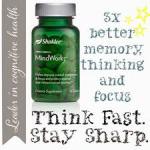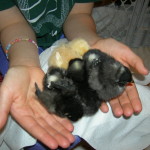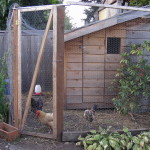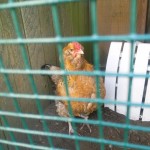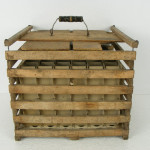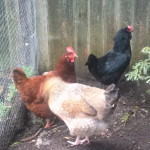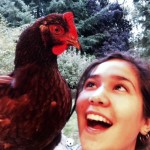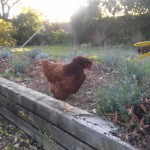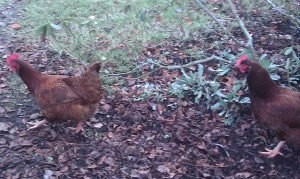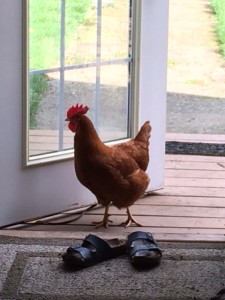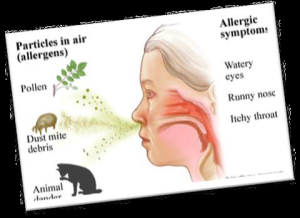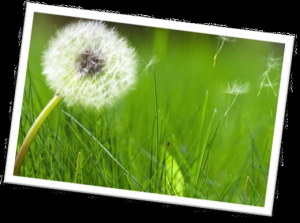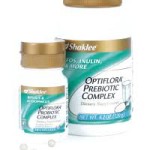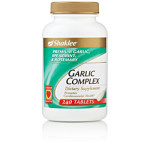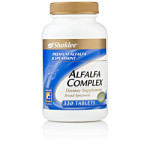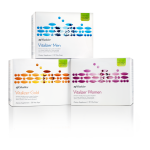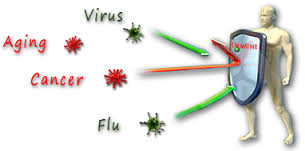Gentle Reader,
Chronic disabilities won’t hold you back. Get out and explore the world. If by my bravado in the face of aches and pains irritates you, my intention is not to belittle, but to inspire. This story inspires me. It may seem as though I am never down, but leap about all the time. I do get grumpy when everything hurts and I will do anything to sit down for a few minutes to rest my back, hips and knees. So, I’m with you if you are one of the people caught up short by arthritis.
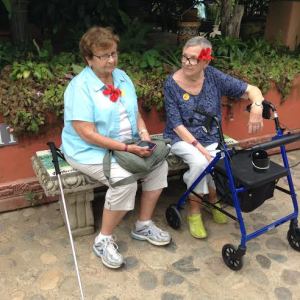
I just spent twelve days in Mexico with three companions, two of whom use support for walking: a walker and a hiking stick. All three are several years older than I which puts two of them in their 80s. I worried when I invited them to accompany me to my lavish time-share in Nuevo Vallarta because the walking distance from the unit to the pool is quite far. There are steps involved. Any trips into Puerto Vallarta and beyond would have uneven pavements and sketchy handicap access. Only in the USA is there a preoccupation for the welfare of a handicapped person.
So imagine my relief and my delight when these gals said, “Yes” to every adventure, walked the vast campus of the Gran Mayan complex, took a public bus home from the Puerto Vallarta Arboretum way south of town and climbed the steep ramp to worship at the great church of the Virgin of Guadalupe in downtown PV.
![CAM02072[1]](http://www.grandmabetsybell.com/wp-content/uploads/2014/12/CAM020721-222x300.jpg)
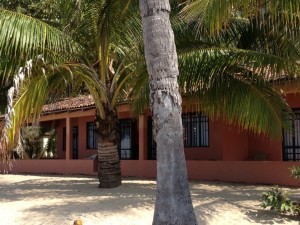
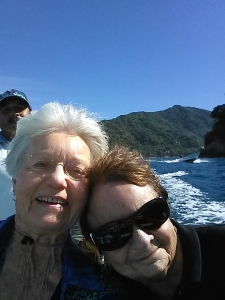
Once we were settled and had a look around, we were smitten by the place: an unbroken view of the ocean, waves crashing just beyond the low wall; majestic native trees rising out of pale blond sand; pelicans swooping along the wave crests; the occasional horsed rider passing by on the beach. Raul’s wife brought us a fabulous dinner of fresh mahi mahi and homemade tortillas. I made fresh lime margaritas and guacamole from the groceries I had bought in the Mega Comerciante while waiting for my s-in-l to arrive. The kitchen was a dream to cook in with its gas stove, big counter and all the condiments you could ask for plus every insect repellant you could imagine. I did get a few sand flea bites, but no mosquitoes. The air was fresh, the stars brilliant after the full moon set. The hammock perfectly located on the veranda. We each had our own bedroom and bath, not luxurious, but homey and comfortable.
The next day we decided to see the village of Quimixto knowing there was a stream to cross. The “steam” turned out to be a wide river, slow moving and shallow, thank goodness. My s-in-l used her sticks and her water shoes.
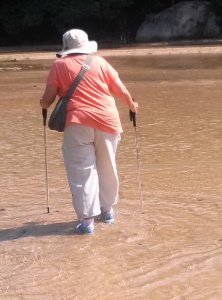
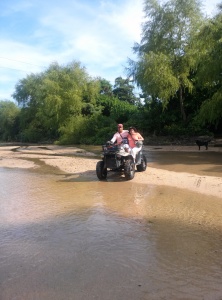
I put on my tevas and replaced them with walking shoes on the other side. The village is about five cobble stone paved blocks along with a pier at the far end and a few shops, an open church and a primary school plus private houses along the way. The little harbor is full of open fishing boats.
Vallarta Adventures brings a boatload of tourists from the cruise ships in to Quimixto and takes the people walking through town to a corral where 20+ Mexican ponies wait. Once the tourists are saddled up and instructed, they file up a trail to a dramatic waterfall about a mile and a half up into the jungle. I decided to walk this and had to cross the “creek” four more times, climb quite a bit to a bar perched on the edge of a deep pool into which the waterfall plunged. The tourists arrived by horse back after I had my viewing spot picked out, a good place to watch them jump in the water, haul the brave ones up hand over hand to a ledge and shoot down the water fall’s natural sluice. Enterprising locals had souvenirs for sale and one man offered me a giant iguana for a picture. And a tip, of course.
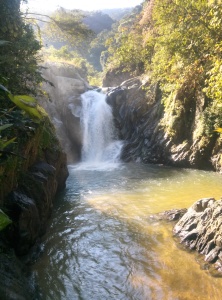
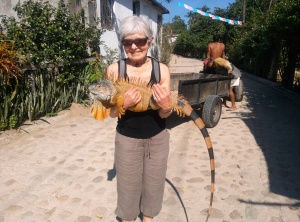
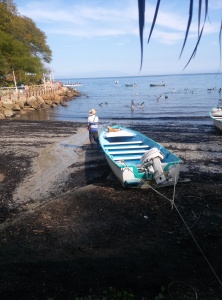
In the other direction from the village, a trail ran along the shore and then climbed to a long undulating ledge to another cove and another village, this one much larger though still accessible only by boat. Perched on this trail’s hillside amidst the jungle plants is a yoga center, sleeping cottages stair step up to the main yoga room at the top. The place is only 3 years old. http://www.xinalaniretreat.com/ Check it out. I walked the trail below the center, across their beach and up into the jungle towards Las Animas beach, about two miles along the coast. Believe me; I will take my hiking sticks with me in my suitcase every time I travel from now on. This trail was steep and rugged, rising and falling to streamlets.
Besides describing the wonders of this place, I want you to understand that my s-in-l suffers from neuropathy caused by complication that developed after a knee surgery. For two years now she has had a hard time walking, going numb in her foot and lower leg and the other knee is bone on bone. But, she is determined to continue adventures and will not sit down in resignation.
At the Grande Luxxe, Polly, Liz, Joan and I used the golf carts and trolleys to get from place to place on the vast campus, and walked miles to the beach, restaurants, the Santuario nightclub and to take taxis off on adventures. With careful on line research, I was able to locate an accessible restaurant right in the middle of the art galleries. We spent time admiring the art and talking to the artists, taking advantage of the weekly Wednesday art walk. The restaurant, if you are looking for fine cuisine and atmosphere, is Café de Artistas. The violin and piano duo rank right up there with the finest musicians and have a unique electronically connected way of playing together without occupying the same space. Hence, the violinist could wander throughout the many spaces and you heard them as if they were playing in the same room.
 Walking to the main street that runs the length of the center of Puerto Vallarta, we watched several groups of Peregrinantes making their pilgrimage to the Church of Our Lady of Guadalupe. Typically, the groups come from parishes in the area, businesses, hotels and schools. They choose their theme which could be a float with a Virgin surrounded by the Bishop and Juan Pedro, the Indian whose miraculous vision of the Virgin is celebrated for twelve days. Other themes are dancers, flute, and drum players in Aztec costumes. We happened to be on the street corner when a motorcycle club roared to a standstill and waited their turn to process toward the church. Each group enters the church when their turn comes, brings their offering to the Virgin, receives a blessing and then disperses to the central square or along the streets where food booths invite with local delicacies: roasted ears of corn, flat bread, cups filled with cut melon and pineapple, freshly made tortillas, enchiladas, and so on. It is a logistical nightmare for some organizer and seems to work. Every group has its moment in church beginning at six and going until midnight. A Bishop is there at midnight on the 12th, the actual Saint’s day.
Walking to the main street that runs the length of the center of Puerto Vallarta, we watched several groups of Peregrinantes making their pilgrimage to the Church of Our Lady of Guadalupe. Typically, the groups come from parishes in the area, businesses, hotels and schools. They choose their theme which could be a float with a Virgin surrounded by the Bishop and Juan Pedro, the Indian whose miraculous vision of the Virgin is celebrated for twelve days. Other themes are dancers, flute, and drum players in Aztec costumes. We happened to be on the street corner when a motorcycle club roared to a standstill and waited their turn to process toward the church. Each group enters the church when their turn comes, brings their offering to the Virgin, receives a blessing and then disperses to the central square or along the streets where food booths invite with local delicacies: roasted ears of corn, flat bread, cups filled with cut melon and pineapple, freshly made tortillas, enchiladas, and so on. It is a logistical nightmare for some organizer and seems to work. Every group has its moment in church beginning at six and going until midnight. A Bishop is there at midnight on the 12th, the actual Saint’s day.
On Sunday, we attended the 10 o’clock mass which was in English and Spanish. The nave was packed with ex-pats and there were a few missals in English for the people who got their early. A visiting choir sang magnificently. We looked at each other with tears in our eyes, the music was so beautiful. Most churches in PV have no choir so this was a special treat. Talking with the soprano who sang the Ave Maria, (we met her at Starbuck’s after church); we found out that she grew up in the States singing in girls’ choirs. She got her first job after college in the American School in PV teaching the kindergarteners and immediately searched for a choir. She finally located one in the Iglesia del Refugio. It was their choir who so inspired us. I’ll know where to attend mass the next time I am in Puerto Vallarta.
Another brave adventure was a trip to the spectacular botanical gardens
south of town in the mountains above Quimixto, https://www.vbgardens.org/ , the
brainchild of a group of ex-pats. Several years ago, they bought an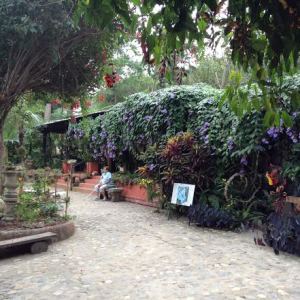
old ranch, and its Hacienda de Oro is ![CAM02086[1]](http://www.grandmabetsybell.com/wp-content/uploads/2014/12/CAM020861-222x300.jpg) authentic Mexican residence, now restaurant set above the Rio Los Horcones. Birds and butterflies abound. They just opened a new Conservatory of Mexican orchids housing a collection of orchids from many regions of Mexico, some very rare. This was my third visit. I have hiked the trails through the jungle and gone skinny-dipping in the beautiful river, but this time stayed close to the orchids, Hacienda and other plantings.
authentic Mexican residence, now restaurant set above the Rio Los Horcones. Birds and butterflies abound. They just opened a new Conservatory of Mexican orchids housing a collection of orchids from many regions of Mexico, some very rare. This was my third visit. I have hiked the trails through the jungle and gone skinny-dipping in the beautiful river, but this time stayed close to the orchids, Hacienda and other plantings.
Returning to Puerto Vallarta is when the adventure began. We decided to take the bus, which meant getting from the Hacienda to the highway, an uphill cobblestone drive of 200 yards, more than either a walker or a pair of hiking sticks could manage. A gardener offered to take my companions on his ARV. What a sight! Unfortunately, climbing on was almost too much for bum knees, but we all survived, managed to board the bus and ride to the center of Puerto Vallarta. Whew!
The buses run on Basilio Badillo Street which is full of art galleries, a large blown glass sales room which specializes in exports, and an oasis restaurant owned by a Canadian. We went in there and had the best, most refreshing sangria I have ever been served. A great ending to a glorious adventure and everyone feeling all their limbs, joints and bones still functional. Pretty amazing.
In conclusion, I will say that the best adventure is the one you are determined to take, regardless of your challenges, walker, sticks and all. Attitude makes the difference. These ladies were brave and resilient even when the circumstances were difficult. If you can, go, and don’t let chronic disabilities hold you back. Next year you may not be able to go.
Be well, Do well and Keep Moving,
Betsy
206 933 1889


![CAM02026[1]](http://www.grandmabetsybell.com/wp-content/uploads/2014/11/CAM020261-222x300.jpg)
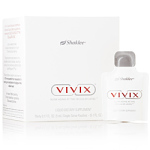
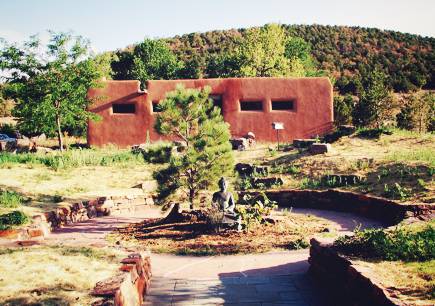
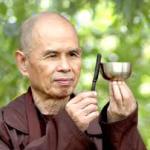
![labyrinthUpaya[1]](http://www.grandmabetsybell.com/wp-content/uploads/2014/11/labyrinthUpaya1-150x150.jpg)
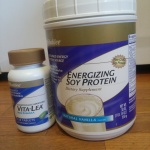
![CAM01994[1]](http://www.grandmabetsybell.com/wp-content/uploads/2014/10/CAM019941-150x150.jpg)
